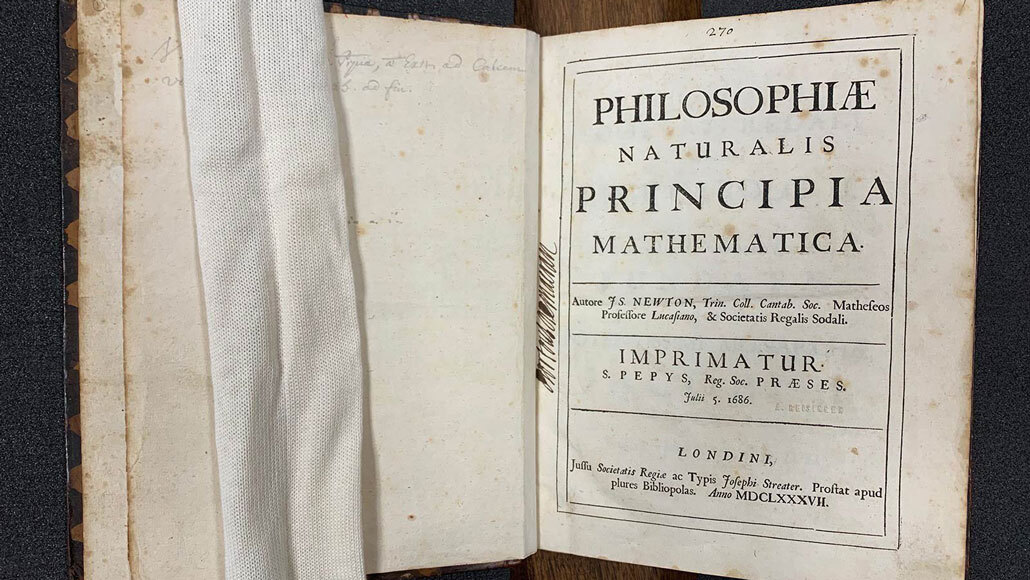Newton’s groundbreaking Principia may have been more popular than previously thought
Researchers found over 300 copies of the book’s first edition

New research has more than doubled the number of known original copies of one of the most famous books in the history of science, Isaac Newton’s Principia (one copy shown).
Caltech Archives







